The Patriot PAC-3 missile interceptor features a lethality enhancer with a warhead and dozens of titanium or steel fragments
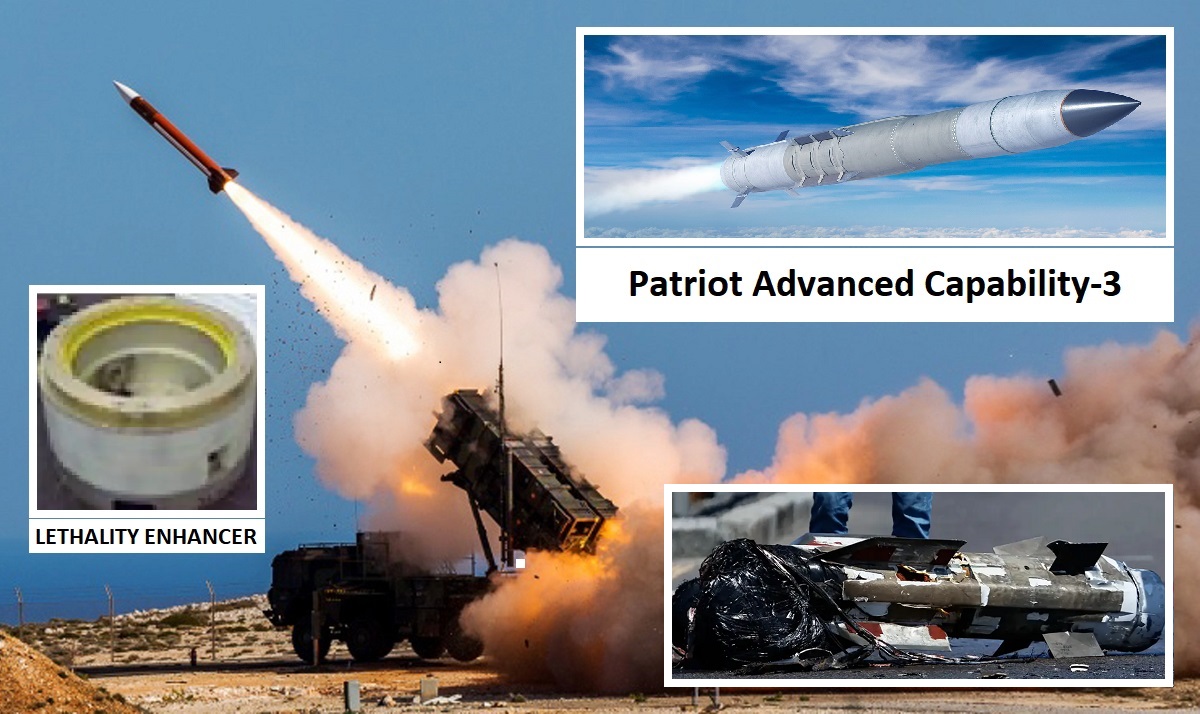
The Patriot Advanced Capability-3 (PAC-3) missile interceptor operates on a hit-to-kill basis. Formally, the technology does not involve the use of explosives, and the enemy missile is destroyed by kinetic energy during the interceptor's collision with the target. However, the PAC-3 is in fact equipped with a warhead, although few mention this.
Here's What We Know
The PAC-3 has a hybrid design. It includes what's called a "lethality enhancer," which contains an explosive. This component creates a cloud of metallic fragments, increasing the likelihood of hitting the target.
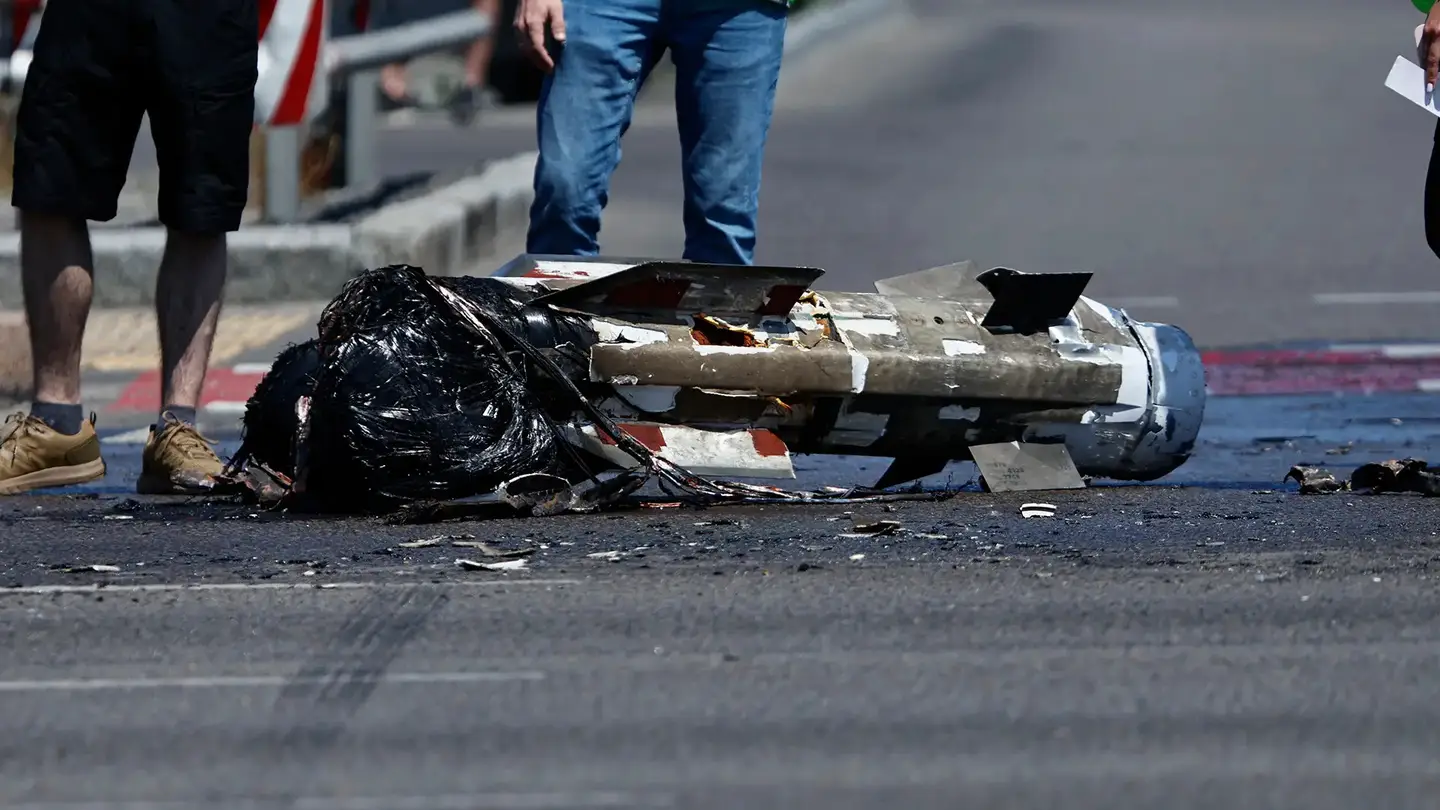
This week, Russia launched several massive strikes into Ukraine. Iskander ballistic missiles were fired at the city of Kyiv. Surveillance video and car-recorder footage showed the PAC-3 remnants falling onto the road. The presence of explosives in the missile interceptor has since been the subject of debate.
The lethality enhancer has been used in all PAC-3 anti-missile interceptors since the first interceptors entered service with the US Army in 1995. They were developed as part of the Extended Range Interceptor (ERINT) program.
The PAC-3 was much more compact than the PAC-1 and PAC-2. This is due to the fact that it works on a hit-to-kill basis. The technology improves the maneuverability of a missile interceptor, allowing it to be smaller due to the lack of the need for additional space to accommodate the warhead.

Regardless of the type, all PAC-3s operate on the same principle. The radar transmits a signal, after which the interceptor flies to a point near the target. A data link allows for in-flight updates. After approaching an object, an active radar homing head turns on and detects the threat.
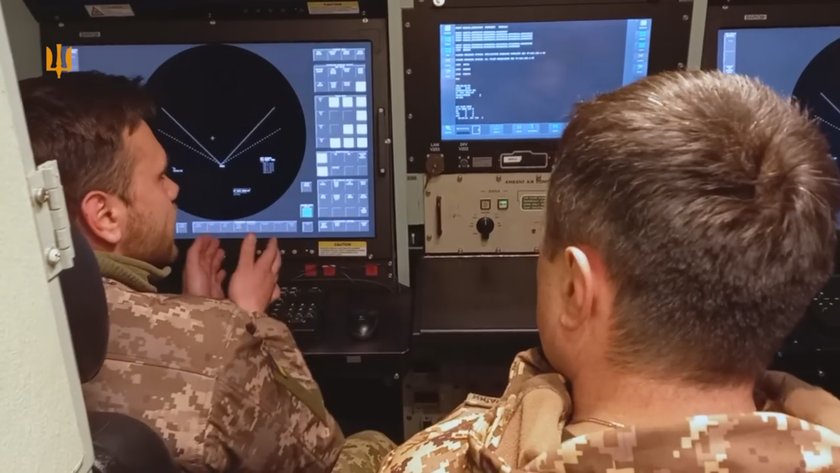
Lockheed Martin, which is the developer of the PAC-3, was betting on the hit-to-kill principle. The company said the technology is especially valuable against missiles that carry nuclear, chemical or other weapons of mass destruction payloads.




The smaller size of the PAC-3 means more missile interceptors can be loaded into the launcher. It is also envisaged that the PAC-3 can be used simultaneously with the older PAC-2 to increase the flexibility of Ukraine's air defence system. It is possible that Ukraine has also received the PAC-2 along with the PAC-3 Cost Reduction Initiative (CRI), but there is no official information about the types of interceptors yet.
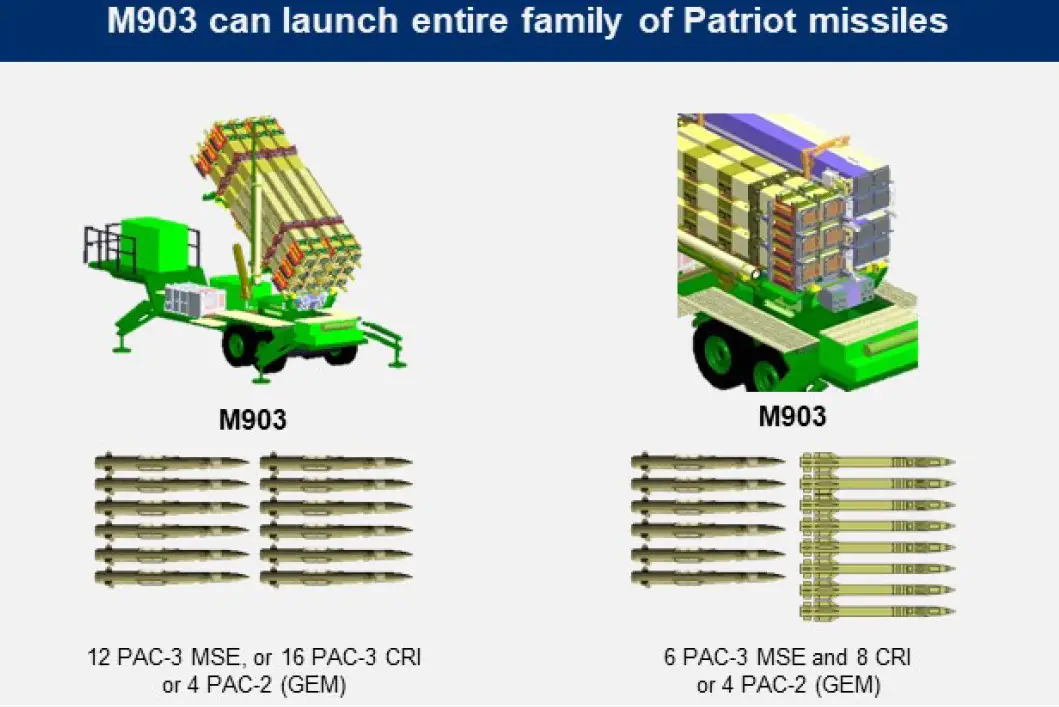
When destroying targets that fly on a ballistic trajectory, the PAC-3 works exclusively on the hit-to-kill principle. Aircraft and cruise missiles do not fly as fast as ballistic missiles, so there may not always be enough kinetic energy to destroy them completely. It is for this reason that a "lethality enhancer" with a low fragmentation velocity has been included in the PAC-3 configuration. This was stated in a U.S. Army public review published in 1996.

The lethality enhancer increases the likelihood of hitting an airborne threat through early detonation just before impact. The metal fragments that arise during detonation are called "cycloids". In the first versions of the PAC-3 they were made of tungsten, but over time the developers decided to use steel.
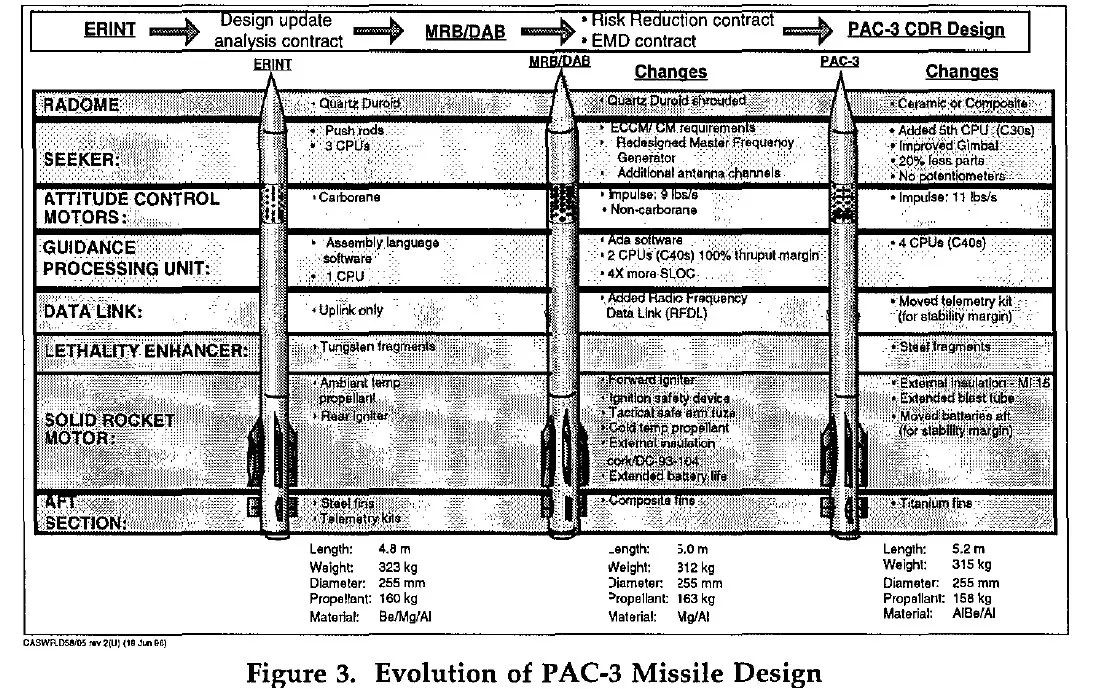
The first "lethality enhancer" contained 24 cycloids weighing 95g each. The main explosive load weighed about 330g. To give you an idea, the M67 hand grenade uses approximately 184g of explosive.
The "lethality enhancer" has been improved many times over nearly 30 years. The most modern version of the anti-missile for the MIM-104 Patriot is the PAC-3 MSE. All that is known about its lethality enhancer is that it contains titanium fragments instead of steel.


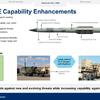
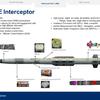
The U.S. Army tested the titanium fragments of the PAC-3 MSE against the Composition B high explosive from July 2015 to June 2016. The tests took place in Maryland at the Aberdeen Proving Ground (Aberdeen Proving Ground). The purpose of the test was to update a model that predicts when an explosive with titanium fragments inside the warhead detonates.
The video below shows that the lethality enhancer is strong enough to trigger the separation of the front of the interceptor from the rear. This explains why the tail section of the PAC-3 RCI fell on the highway in Kyiv.
In conclusion, we would like to add that the Ukrainian Armed Forces received two MIM-104 Patriot surface-to-air missile systems, one each from the USA and Germany. The Netherlands also handed over several missile launchers. The Polish prime minister recently promised new deliveries.
"Patriots" for patriots
- Oleksii Reznikov (@oleksiireznikov) April 19, 2023
Do you know how to visualize a dream? We must tell about it to the world and give it life! This is exactly what happened with the Patriots, even before the big scale war, even before my appointment to the most important position of my life at the most... pic.twitter.com/m6H63erV6Z
The Patriots were able to substantially enhance the country's air defence system. In a matter of weeks, the systems were able to destroy 7 of the 7 hypersonic Kh-47M2 Kinzhal missiles and several 9M723 Iskander ballistic missiles.
Source: The War Zone